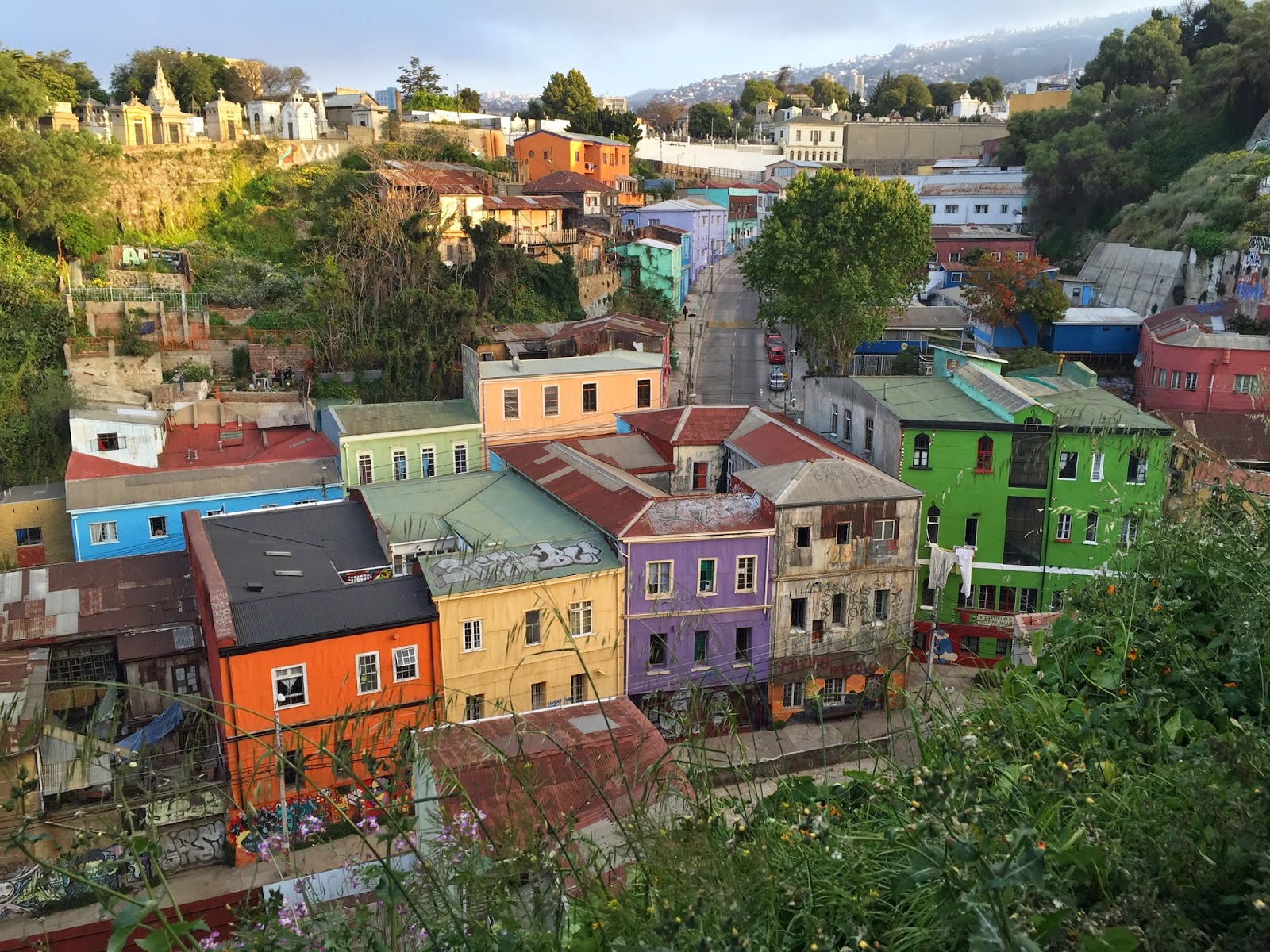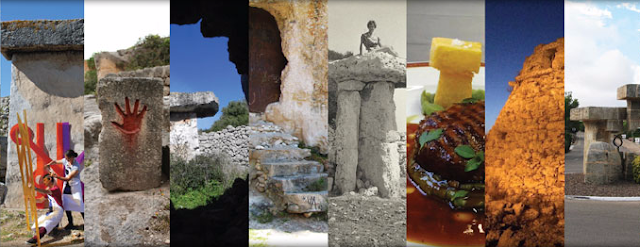Jaime's rant... October: Wealth Increaser
 |
| Valparaíso, World Heritage in Chile |
October will be devoted to the theme "Wealth Increaser" and so, the potential of World Heritage to generate wealth. In this section, which I wanted to name "Jaime's rant", I will be offering my personal opinion (not necessarily shared by the organization of the conference) about these topics, always from a critical perspective, with the aim to encourage debate. So pelase, feel free to comment either for or against what I say, because wealth is in the debate too.
 |
| Graffiti in Valparaíso, $hile |
We kept walking and found an abandoned neighborhood, ruined buildings and social depression. Looking at a map in the crossroads, we find out we are still inside the area protected by UNESCO. Something similar happens in the hills, where graffitis, colored houses and tourism (hostels and restaurants) seem to makeover the decadence.
A building lot in one of the main streets catches my attention. There, we find an example of community sacralization and patrimonialization of a traumatic space. In it, a kind of altar switches the words (humanizing heritage) with a clear critical background. Four people died in 2007 after a gas explosion in the building that occupied this lot. Apparently it had something to do with heritage, or so it should. Meanwhile people pray to them asking for favor, and according to the messages it seems to work. This heritage is starting to earn more value for me than the institutionalized, and seems to enrich people too.
If the manager of Valparaíso reads this, please explain what is happening. I have just seen an assistance truck for the trolebus that says "Heritage of Valparaiso".
 |
| Altar for the Humanity of Heritage... |
This is how I started to develop the concept of the 'phantom tourist' that lands in the city to see a site and disappears like a sigh with zero impact for the community. This phenomenon does not only happen in Ethiopia, but in many other countries and World Heritage Sites what tells a lot about the consequences of managing for only some people, and clearly not the locals.
 |
| Gondar castles, in Ethiopia |
We usually focus on money and tourism, as the main facet of wealth, but it should go beyond that. Tightly connected with the concept of value, that we still strongly debate nowadays, World Heritage should not only be an economic push for a state, but also a development tool for society (in terms of economy, but also socially and culturally). Two sides of a coin that good management keeps together.
Bringing millions of phantom tourist to a World Heritage Site is worthless, as all the befit goes for multinational companies and the state. It is true there is a wide economic impact beyond direct cash. The industry around tourism and employment are to take into account. When we become managers of an institutionalized site we become part of a political machine we are not used to work in (at least coming from academia). Rules change and there are multiple pressures from different sides. Besides, management focuses on the site and not the context, losing an essential perspective if we want our job to be socially committed. Because a committed management usually requires more than Administration is willing to offer.
This is how we come back to politics, to management models and the infinite cases we have. From the tight (and limited) state control, to private and community participatory models, there is not a 100% satisfactory solution for every case. But those shared during the conference must let us debate different formules to prove World Heritage socially useful for everyone.



Comentarios
Publicar un comentario